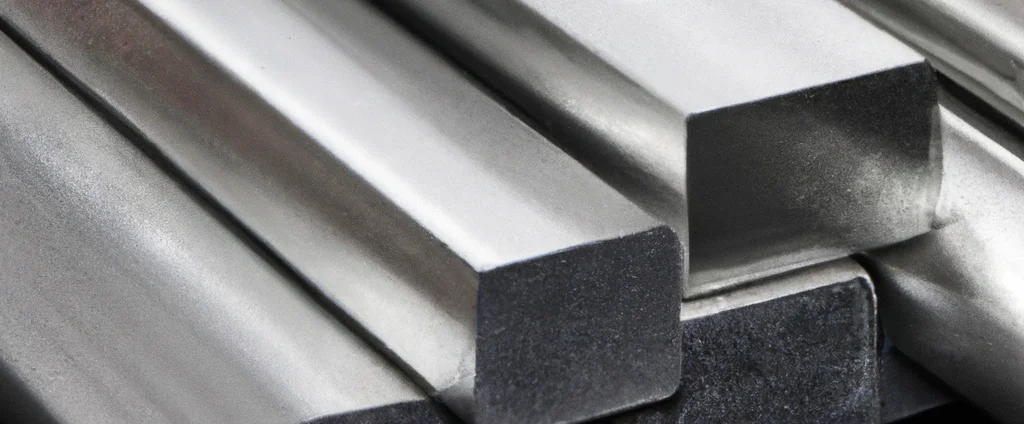Aluminum Alloy 6061 (UNS A96061)

Aluminum 6061 is a heat-treatable wrought alloy known for its excellent strength-to-weight ratio, corrosion resistance, and machinability. It is widely used in high-performance applications across aerospace, automotive, and marine industries.
| Chemical Composition | ||
|---|---|---|
| Element | Min | Max |
| Aluminum | 95.85% | 98.56% |
| Chromium | —— | 0.15% |
| Copper | 0.15% | 0.4% |
| Iron | —— | 0.7% |
| Magnesium | 0.8% | 1.2% |
| Manganese | —— | 0.15% |
| Silicon | 0.4% | 0.8% |
| Titanium | —— | 0.25% |
| Zinc | 0.04% | 0.35% |
| Residuals | —— | 0.15% |
The following table provides a list of aluminum 6061 properties in both SI and US customary/Imperial units.
Click on the button to switch between Metric and Imperial units.
| Physical Properties | Metric |
|---|---|
| Density | 2700 kg/m3 |
| Mechanical Properties | Metric |
| Tensile Strength | 124 - 290 MPa |
| Yield Strength | 240 - 310 MPa |
| Young’s Modulus (E) | 69 GPa |
| Shear Modulus (G) | 24 - 27 GPa |
| Elongation at Break | 12 - 25% |
| Poisson’s Ratio (ν) | 0.33 |
| Brinell Hardness | 95 HB |
| Thermal Properties | Metric |
| Melting Point | 582 - 651 °C |
| Thermal Conductivity | 151 - 202 W/m·K |
| Specific Heat Capacity (Cp) | 900 J/kg·K |
| Coefficient of Thermal Expansion (αL) | 2.32×10-5 1/°C |
| Electrical Properties | Metric |
| Electrical Conductivity | 2.6×107 S/m |
| Electrical Resistivity | 3.8×10-8 Ω·m |
The values in this table are approximate and can vary depending on various factors such as the specific manufacturing process and heat treatment applied to the alloy.
Advantages & Disadvantages of Aluminum 6061
| Advantages | Disadvantages |
|---|---|
| Good strength | Lower resistance to stress corrosion cracking |
| Corrosion resistance | Lower strength and hardness |
| Weldability | Relatively high cost |
| Formability and machinability | |
| Surface finish |
Applications of Aluminum 6061
Aluminum 6061 is the material of choice for demanding applications where strength, lightweight properties, and corrosion resistance are critical. Key industry uses include:
- Aerospace: Used in the production of aerospace components such as wings, fuselage structures, and engine parts due to its high strength, toughness, and corrosion resistance.
- Automotive: Commonly employed in manufacturing parts such as chassis, wheels, suspension components, and body panels because of its strength, durability, and lightweight nature.
- Marine: Utilized in applications such as boat hulls, masts, and decks thanks to its resistance to corrosion in saltwater environments.
- Construction: Ideal for structural applications including bridges, buildings, and platforms due to its high strength-to-weight ratio and good formability.
- Electrical: Chosen for electrical fittings, conductors, and similar applications because of its good conductivity and corrosion resistance.
- Sporting goods: Used to manufacture high-performance equipment such as baseball bats, golf clubs, and bicycle frames owing to its strength, toughness, and lightweight characteristics.
- Tooling: Employed in manufacturing jigs and fixtures due to its excellent machinability and dimensional stability.
